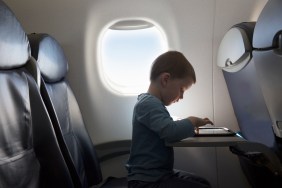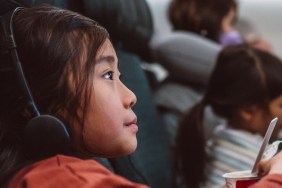What more do you need to know about head lice then they are gross, right? While most moms would agree that head lice are gross, it’s unfortunately all too common a problem.
While anyone can get head lice, it’s a very common problem for children ages 3 to 12.
What are head lice?
Head lice is the plural of head louse,…








